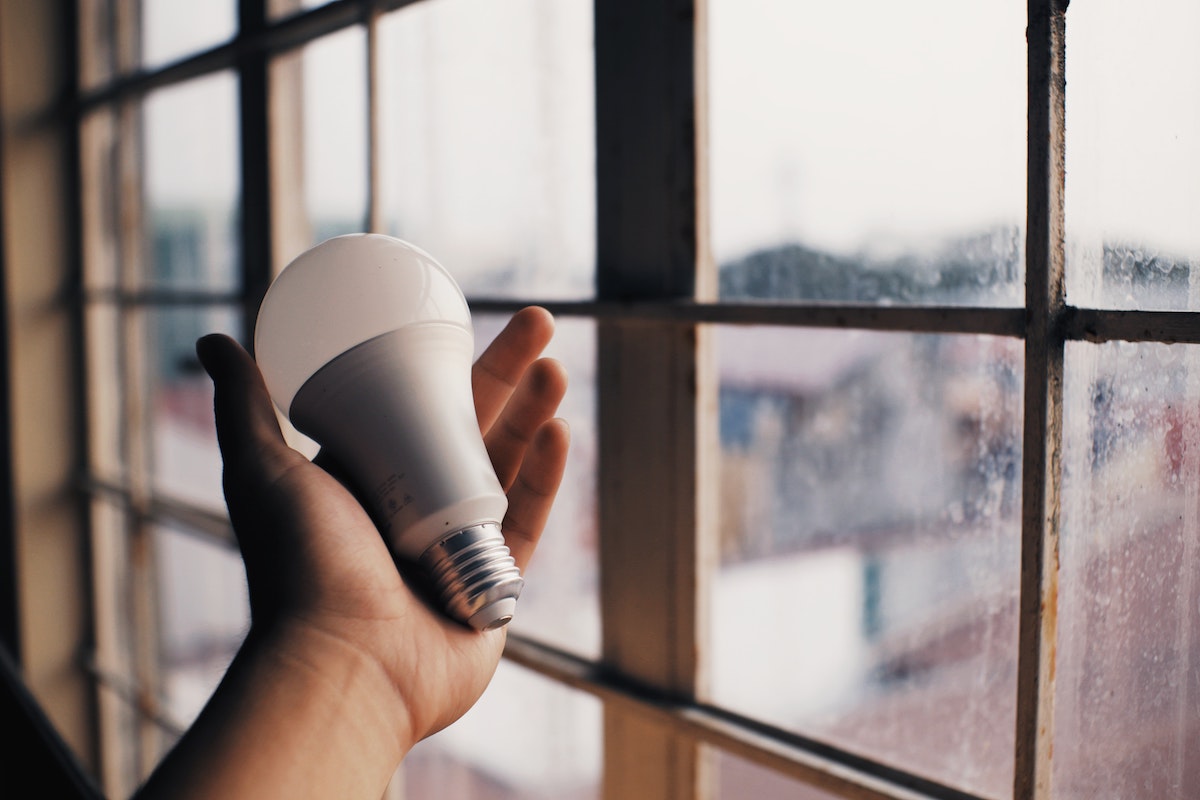Are you looking for ways to decrease your spending and increase your efficiency? Doing an energy audit ahead of the wintertime can help you save on gas AND money when winter weather rolls around.
Check out this step-by-step overview on how to make your home more energy efficient.
1. Complete a Quick Audit
The first step is assessing your home’s current efficiency and determining improvement opportunities.
You can certainly conduct an audit on your own or you can schedule a professional energy audit to ensure you don’t miss or overlook anything.
If you opt to complete this step independently, consider following an already-completed DIY home energy audit checklist.
Regardless of the outcome of your audit, there are easy considerations and fixes before fall is over.
2. Locate Air Leaks
This may be the most obvious step when it comes to energy efficiency, but it is a super critical step nonetheless. Reducing drafts in your home may save you 10 to 20 percent in energy bills a year; plus, it will make your home much more comfortable!
For starters, make sure all windows and doors are properly sealed to keep the heat in and cold out.
There are also less-obvious spots where air may be escaping, inside and outside of your home. Don’t miss inspecting the following for cracks or gaps that could lead to air leaks:
- Exterior corners
- Outdoor water faucets
- Where siding and chimneys meet
- Electrical outlets
- Switch plates
- Baseboards
- Electrical and gas service entrances
- Weather stripping around doors
- Fireplace dampers
- Wall- or window-mounted conditioners
- TV and phone lines
- Where dryer vents pass through walls
- Vents and fans
As soon as you locate leaks, you can begin sealing. Plug and caulk holes or penetrations for faucets, pipes, electric outlets, and wiring. Look for cracks and holes in the mortar, foundation, and siding, and investigate leaks around windows and doors. Seal them with the appropriate material. If you need more guidance, read up on how to choose weatherstripping or more about caulking.
3. Check Insulation Levels
Poor insulation levels can lead to a significant loss of heat through your home’s floor, ceilings, and walls. This is typically a more common concern with older properties.
If you want to avoid removing large portions of drywall from your walls, check out ways to easily and non-invasively inspect your home’s insulation.
Additionally, consider replacing old or inefficient windows if it’s been a while. This will help improve the insulation of your home.
4. Inspect HVAC Systems and Equipment
Routine maintenance on your heating and cooling system can help your equipment last longer while saving you energy and money.
Be sure to clean your air conditioning filters and change your furnace filters about once a month.
If your HVAC system could use an upgrade, consider investing in higher energy-efficient equipment, which could save you 65% of energy.
Programmable thermostats can also reduce a considerable amount of energy, especially if used intentionally. This is especially great if you leave your house forgetting to turn the heat down or off but realize it after the fact.
Now that you know how to make your home more energy efficient, make this your most cost-effective and energy-efficient winter yet!
For more tips on preparing your home for the winter months, follow the link below.






